Yoga to energise pilots during solar-powered flight
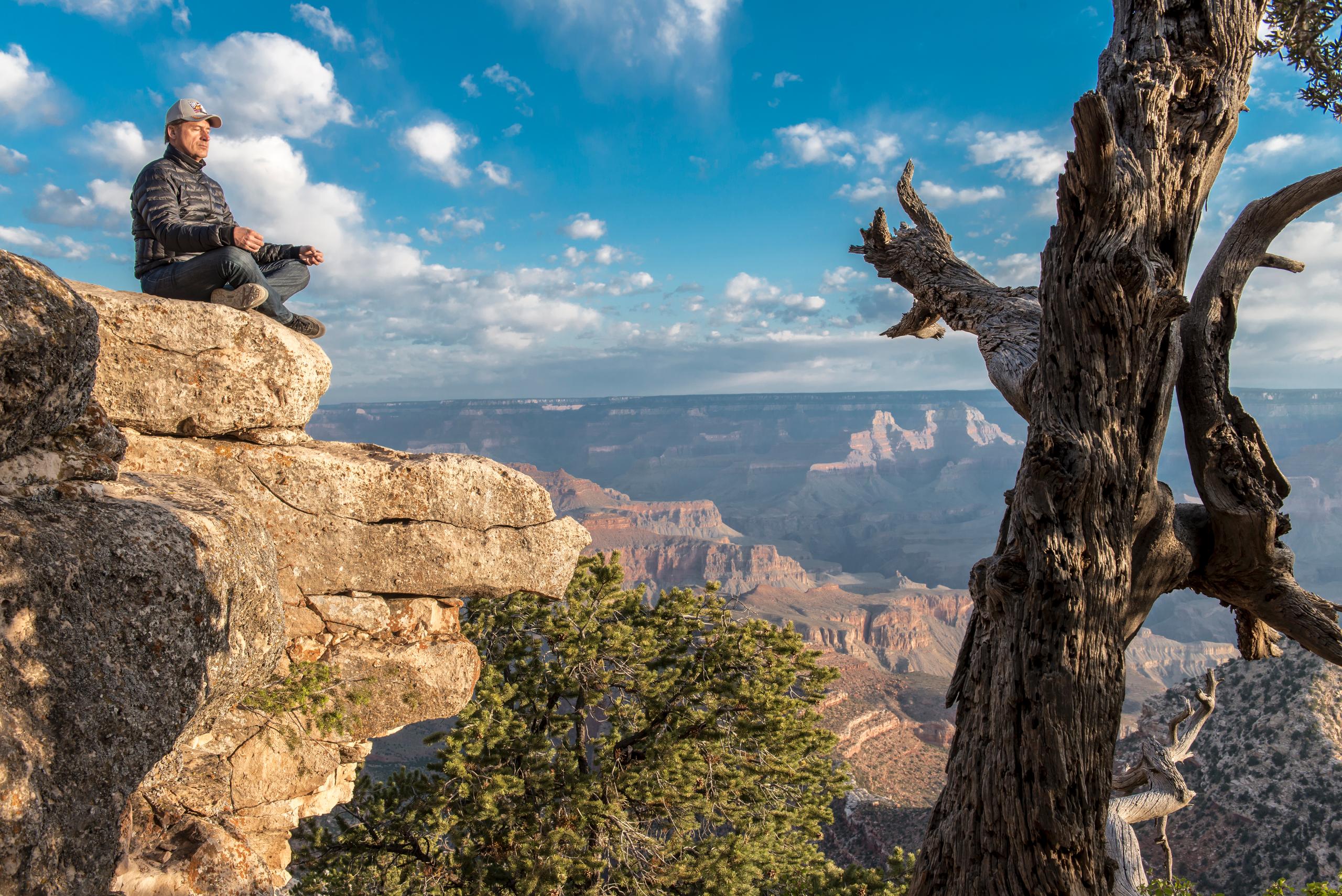
When Solar Impulse 2 sets off in its bid to become the first solar-powered plane to fly around the world, it won’t just be relying on the energy of the sun. The two Swiss pilots will also be drawing on the powers of self-hypnosis, yoga and meditation.
Much has been written about the futuristic clean technology and hours of engineering and design work that have gone into building Solar Impulse 2External link, the solar-powered plane wider than a Boeing 747 but the same weight as a family car.
Yet for all the futuristic technology, the solar adventure is very much a throwback to the early years of aviation: a solo pilot alone in the cockpit grappling with difficult conditions – a test of human spirit and endurance.
For their 35,000-km challenge the two experienced pilots – Swiss adventurer Bertrand Piccard, 56, and 62-year-old former fighter pilot André Borschberg – will take it in turns flying the plane on a voyage which on paper should take a total of 25 days not forgetting 12 stop-overs.
But as they circumnavigate the globe, extreme conditions are expected. Temperatures will range from -40 degrees Celsius at 8,000 metres to +40 degrees at 3,000 metres in some regions. In the unheated, unpressurized 3.8-metre cockpit, flying solo for up to five days and nights in a row with little sleep, an aviator faces huge physical and mental challenges.
“We have worked so much to improve the technology that the remaining limitations are purely human,” declares Piccard.
On this unusual adventure both pilots have turned to slightly unconventional methods to help them relax, stay healthy, maintain their energy levels and manage sleep.
Piccard and Borschberg both plan to practise polyphasic sleep – spreading out sleep or rest into multiple 20-minute power naps totalling between 2-6 hours per day. During these rest periods they can switch on an auto-pilot.
But each pilot’s approach to this alternative sleep management technique is different. Piccard, a trained psychiatrist and psychotherapist, favours the use of self-hypnosis.
“You need hypnosis techniques to remain alert when you’re tired but can’t go to sleep, and you also need them when it’s the moment to go to sleep but you’re not tired,” says Piccard.
In the air he will be using exercises like concentrating on his thumb, or counting number sequences. He has been assisted by colleagues such as Bernhard Trenkle, a German psychologist and hypnotherapistExternal link, who helped him with a “time distortion” technique to shorten his perception of the “boring time over the ocean” and to extend in his mind the brief 20-minute naps.
Trenkle and Piccard insist that these advanced techniques will help the pilot enter trance-like states of up to 20 minutes, where the body relaxes as if detached from the brain, which remains alert, allowing regeneration.
“You can accelerate your relaxation and fall asleep using hypnosis and you wake up after 20 minutes feeling fresh and alert. In my hypnotic trance the technical team was blowing the horn and I had 1.5 seconds to sit in front of the flight control panel and it was extremely quick,” said Piccard following a 72-hour simulation flight in 2013.
Raphael Heinzer, a specialist in sleep management at Lausanne’s University Hospital (CHUV),External link who has carried out tests on the two pilots, is confident they are properly prepared.
“We found that even if they [the pilots] slept less than normal, these series of mini-siestas over 24 hours allowed them to maintain their reflexes after 72 hours. Their neurological tests were also good which was reassuring. Bertrand Piccard is a big sleeper – he sleeps 8-9 hours a day – but André Borschberg sleeps just 5-6 hours a night, and both passed without any problems.”
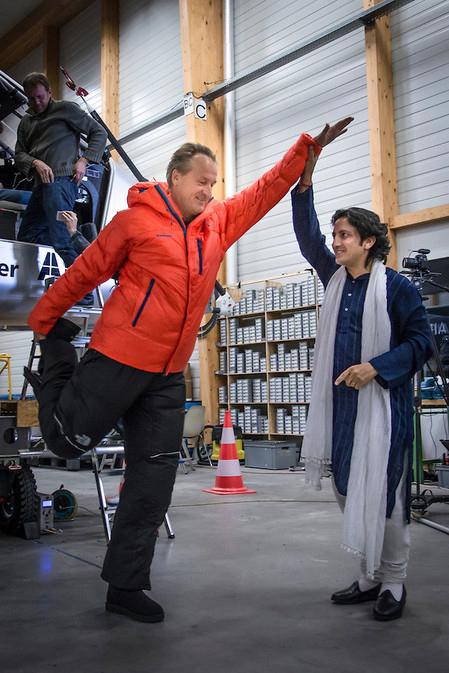
But the sleep specialist admitted that the tests had not been extended to five days and that there were still unknown risks.
Spinal twists
Rather than self-hypnosis, Borschberg will be drawing strength from yoga and meditation to help him maintain his powers of concentration and to control his sleep patterns.
But they have similar results, he believes: “I use meditation and breathing techniques to relax and get away the stressful thoughts so that I calm my heartbeat and fall asleep in a few minutes.”
Borschberg, who has been practising yoga for over ten years, called on Sanjeev BhanotExternal link, an experienced Indian yogi from Rajasthan, to build a tailor-made programme for the flight. This comprises pranayama breathing exercises to raise and lower his body temperature, as well as classic yoga postures to improve blood circulation and muscle tone, much of them done blindfolded.
The pilot seat has been especially designed to massage the spine and to recline into a flat bed and yoga mat on which Borschberg can do shoulder stands and other positions inside the tiny cockpit.
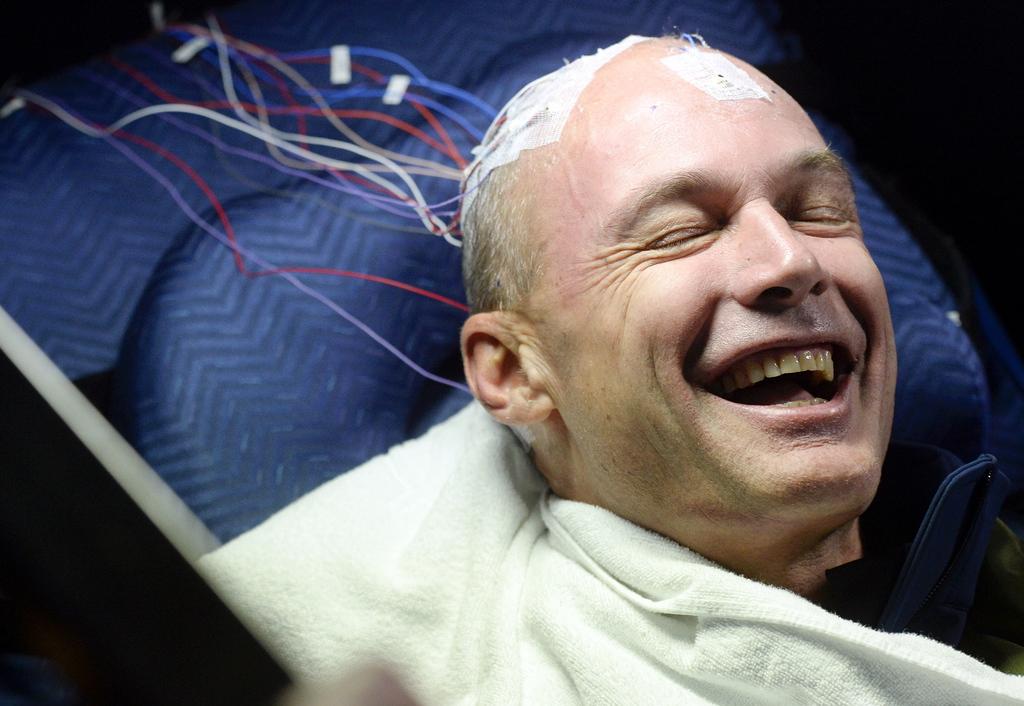
More
Solar Impulse keeps on soaring
Bhanot said both pilots were extremely well prepared but he remained concerned, especially about the longer flights.
“They don’t have cabin pressure or temperature control inside the cabin. They have electric-heated gloves and shoes and clothes. But when you are sitting in minus 40 degrees it’s quite demanding even with the layers. If you are moving you can handle it but sitting is more challenging at -40C,” said Bhanot.
“When you are stretched out for two or three days in one location without moving very much and sleeping only 20 minutes your cognitive coordination goes totally haywire. You can get hallucinations and extreme increase of nitrogen in your system. That adds to the lack of blood circulation in the body.”
Bhanot will be anxiously monitoring their progress from the ground and connected with the pilots via Google Hangout just in case they need some extra help with a particular yoga posture or breathing technique up in the air.
“There is the possibility after say the third day that we might start seeing some nerve-wracking impacts of not having enough sleep and tiredness in the body and too much nitrogen and too much bloatedness in the body,” he declared.
Solar Impulse in numbers
35,000km (22,000 miles) journey
500 hours total flight time
Max. cruising altitude: 8,500 metres
Speed range: 36-140 km/hr, depending on altitude
Five-month mission (March-August 2015)
3.8 m3 cockpit
Up to 5 or 6 days and nights in a row in the single-seater cockpit
-40°C to +40°C weather conditions
6 oxygen bottles on board
2.4kg of food, 2.5litres of water and 1litre of sports drink per day
72-metre wingspan (larger than a Boeing 747)
Weight of an average family car (2,300kg)
633kg of lithium batteries
17,000 solar cells, each 135 microns thick

In compliance with the JTI standards
More: SWI swissinfo.ch certified by the Journalism Trust Initiative

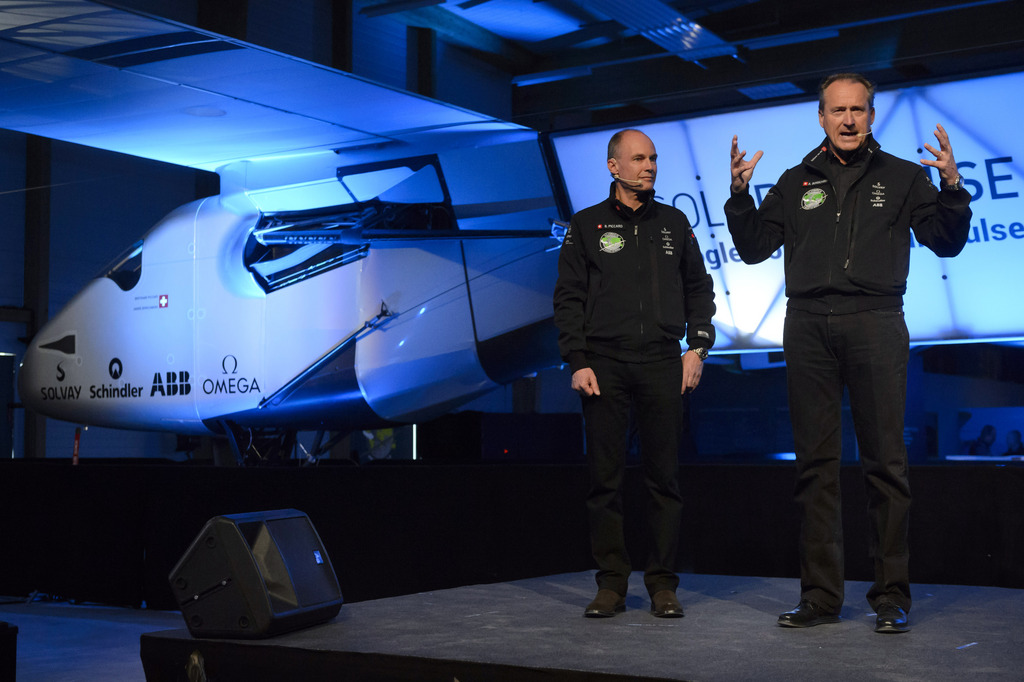
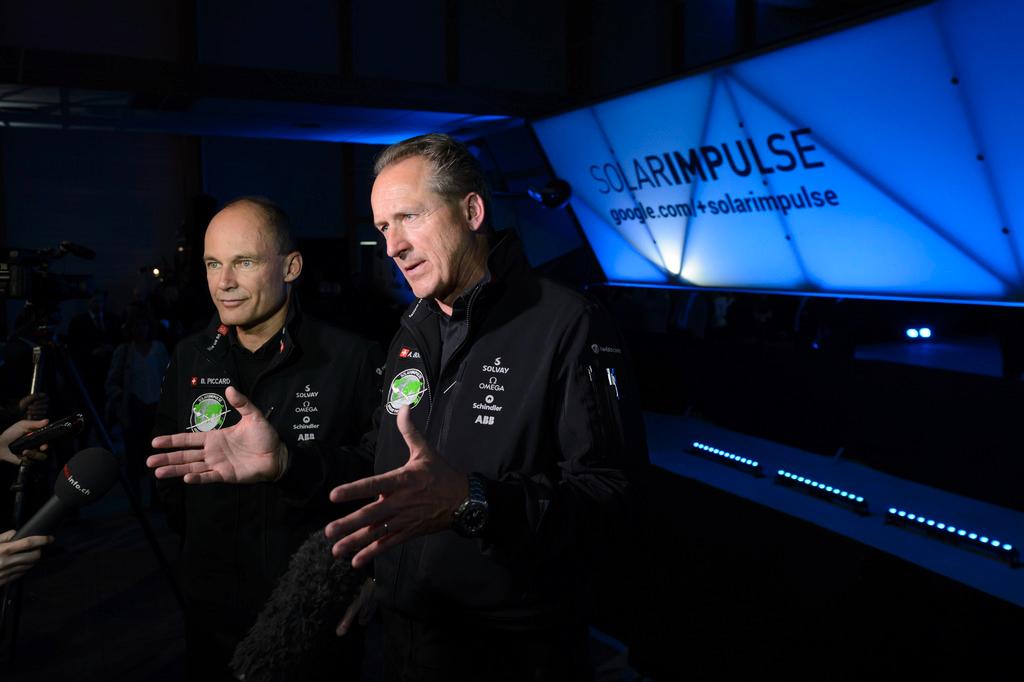
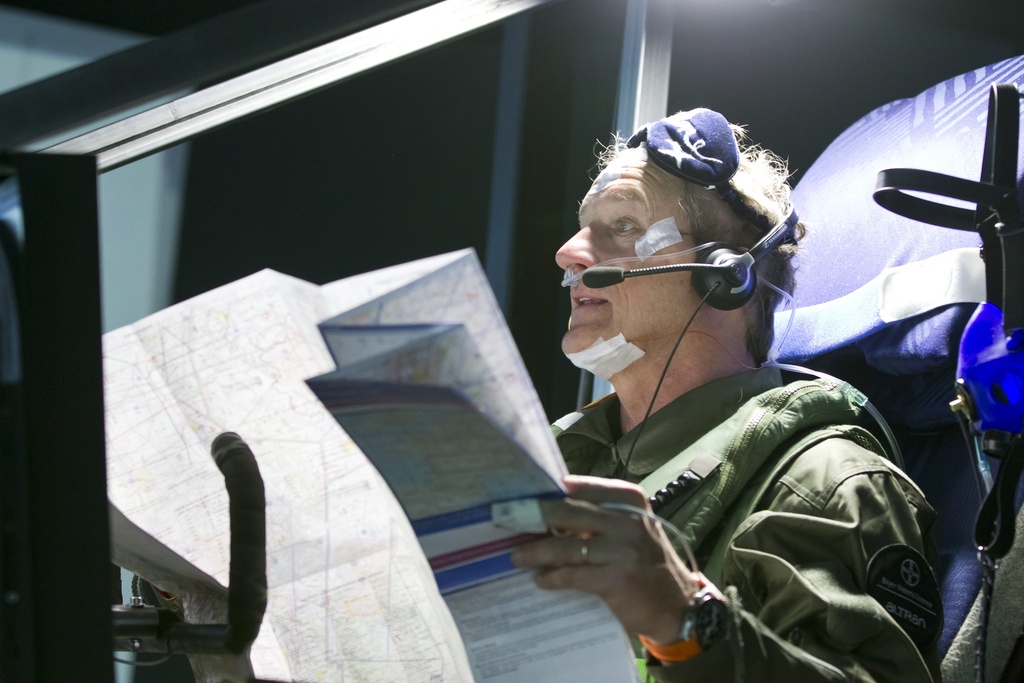
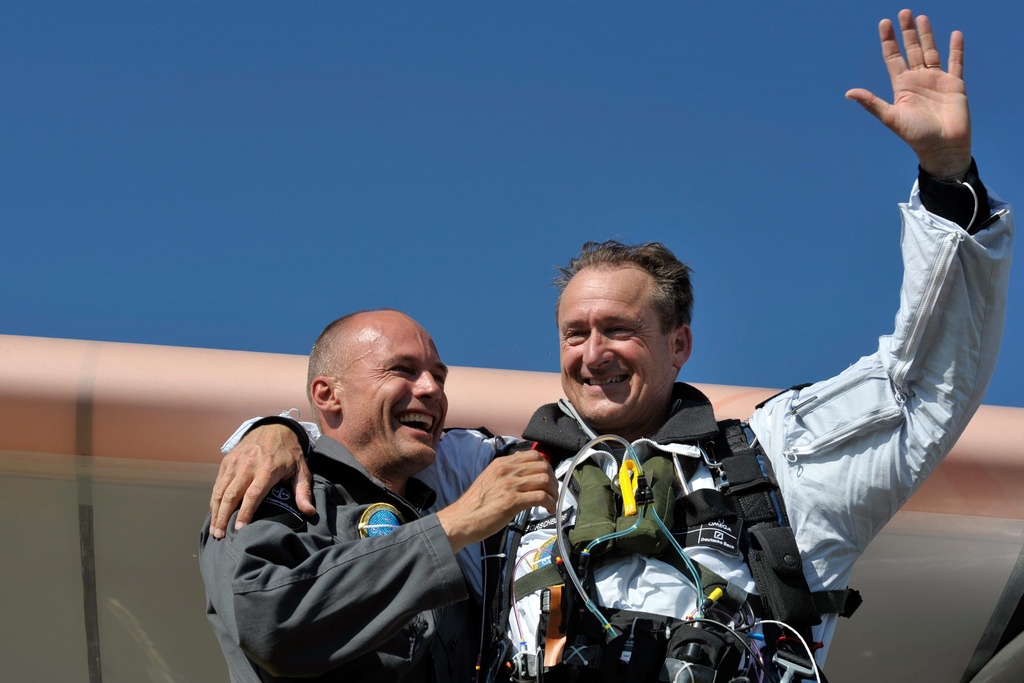
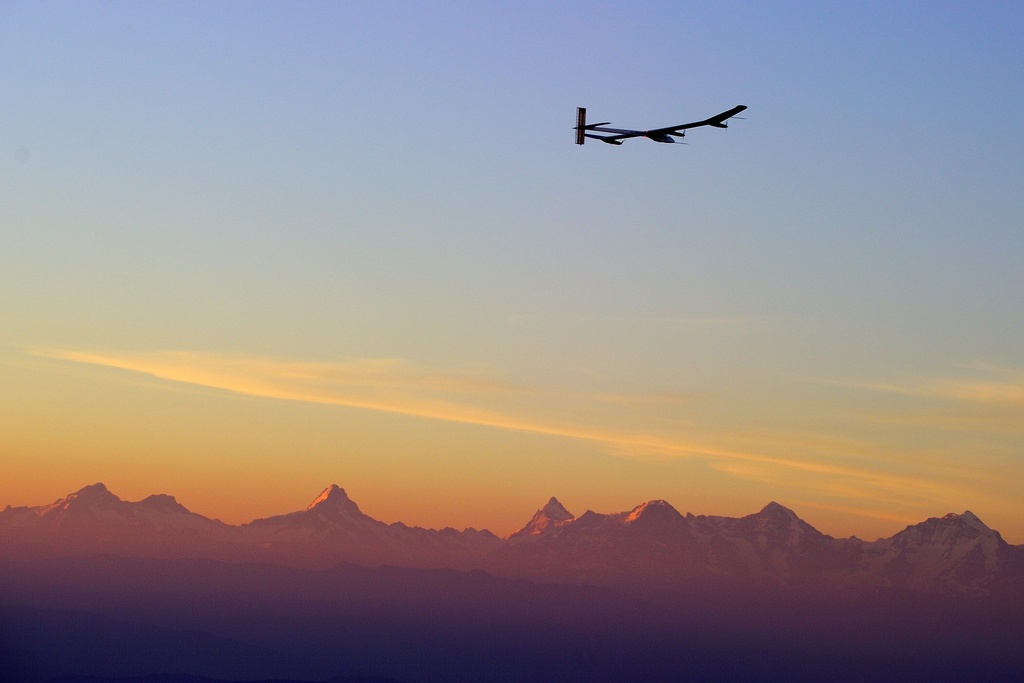
You can find an overview of ongoing debates with our journalists here. Please join us!
If you want to start a conversation about a topic raised in this article or want to report factual errors, email us at english@swissinfo.ch.